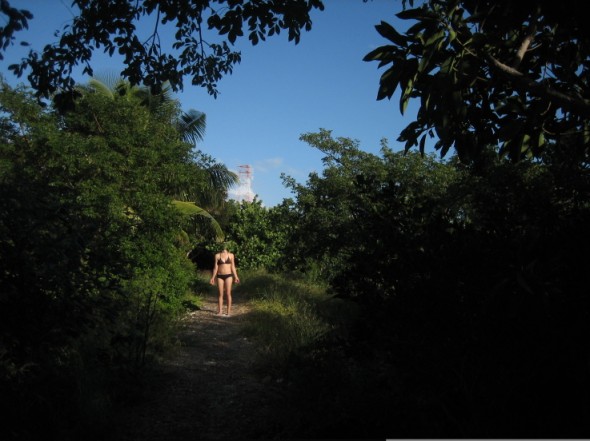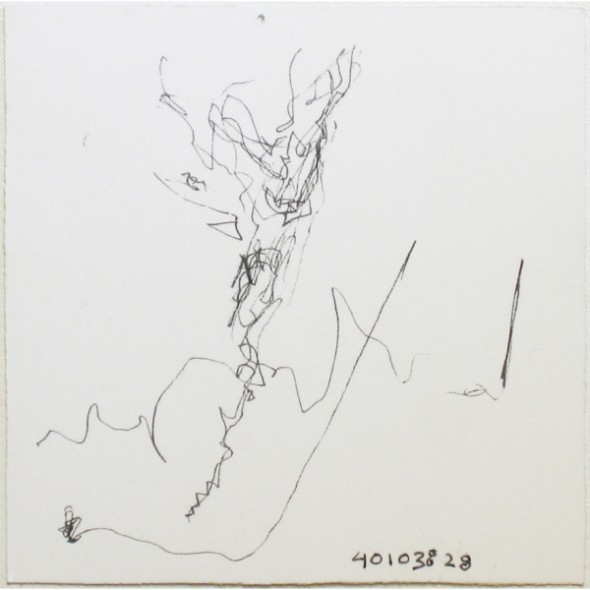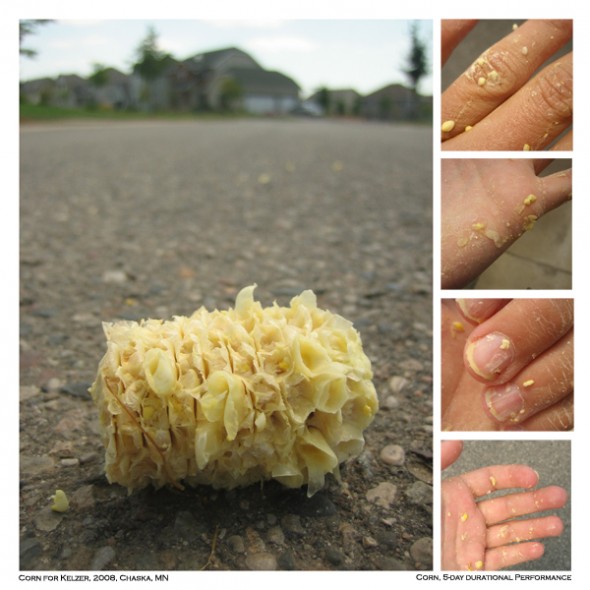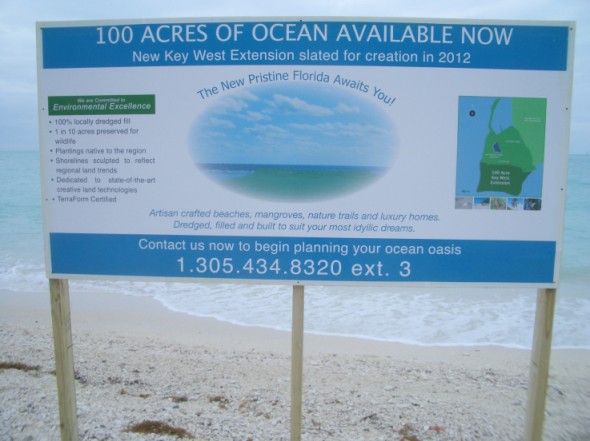If Julia Handchuh was an element, I think she’d be water. First of all, she’s cool as ice. Her presence is deep and refreshing, and her quality of movement and language is calm, quick, and flows freely. She’s always changing forms. Like a spring, Julia feeds her community with fresh and insightful work, enhancing our interconnections to each other, our selves, and our environment. Julia’s work seems to have an air of urgency and importance, and through the actions and objects she makes she shares with us her experience of the fragile but resilient world we live in.
Julia was born and raised in the Pioneer Valley, and now calls the woods of Haydenville home, where she lives with her sweetheart Andrew in a cabin they built themselves. Julia worked intimately with C3 in the first couple years of our foundation, and initiated many of the great projects and programs that still exist to this day. She is still doing awesome community-based work as the administrator of Valley Art Share and a co-founder of The Kitchen Collaborative. Julia recently graduated from NYU with a Master’s in Performance Studies, where she completed her thesis on Kinesthetic Empathy in Dance and Ecology. Check out her blog here.
What are you trying to communicate or explore in your work?
To be engaged, active, responsive, responsible, what is it to witness and respond appropriately to the world? To realize we are inextricably linked to it, to hold ourselves accountable to the systems we are part of and perpetuate. These are both systems of oppression and of joyous uprising- we have power and we are responsible to the making and changing of this world order. I’m asking questions about how one moves in relation to the world. What walls get built? What alliances are made? What beliefs exist as our undercurrents? What residue rises to the surface? Finding reflection, purpose, direction and intent in this churning.
Oftentimes these questions come back to reflecting on and building structures of sustainability, personal, ecological, economic and social sustainability.
Where were you when you created one of your favorite works?
I like that my morning drawings are always with me, the location changes dependent on where I awake, even when I forget them them their absence is present. They have become part of my life, as integral as brushing my teeth. It’s now just something I do and will do, always. Each day gets a card with a date. For the past 8 years of my life every day has a card with a date and more often than not a drawing and the time I awoke. I like that it is a durational performance score that has successfully embedded itself in my life beyond exterior logic; I now do not have a reason for doing it, it is just something that I do. I’ve tried to pick up other actions like this, scores for daily performances, for ways of being, but nothing has stuck like the morning drawing.
How do you see your art in relation to cultivating community and how does community affect the work you make?
I find it can be difficult to articulate the lack of conceptual division I draw between my life and “art” or “the work I make”, but it’s starting to get easier. The lens of Performance Studies sometimes helps. A question like this feels like it pigeon holes art into something that is produced and I’m increasingly realizing I’m more interested in practice, and being socially, ecologically aware and engaged then producing a particular product. So in this sense people and people made spaces are integral to what I do. So I guess there are some things that I make (be they objects, actions or documentation) which are just for me or maybe me and a couple of others but that do not draw together others in what I would call a community; and then there are other things like Valley Art Share or The Kitchen Collaborative that are more explicitly about making space that defines certain relationships and goals which can be named “community”.
I don’t think that community is a singular thing which can have impact, rather it is a series of overlapping and concentric circles that are produced by alliances and articulations of borders and ideals. There are many different communities that have impact on the way I move and the choices I make: from the pressures imposed by right-wing community agendas to the veterans who ride the R42 who seem to know each other, to the revolutionaries in Lybia and Egypt and the prevalence of politically and ecologically liberal activists in the Pioneer Valley, the long-time Hamp folks who remind me of my family to the burgeoning generation of art-school educated artists (which I am a part). I intend to always cultivate connections with people who believe in our power to rise-up, who challenge me and support one another, who dig really good food and know how to grow and cook it, who love to dance and radically hold up the love and beauty of this world.
What is your spirit animal?
I have three vivid memories of mystical encounters with animals when I was young, I’m not sure if they are my spirit animals but they seem like poignant and unlikely encounters.
1. Gazing out the school bus window as we passed an armadillo rolling down cement stairs in Greenfield
2. Swinging on a tire swing in our back yard, my mother sun bathing nearby on a plastic reclining lawn chair, and a enormous boa constrictor, or some other large snake with beautifully modeled and spotted skin, passing beneath me as I hung motionless on the tire.
3. Walking along a path in the woods slightly ahead of my mother and a friend and shrieking as I almost stepped on an unbelievably-bright neon-green toad.
What spaces in Northampton are you most curious to see the inside of or to make work in?
The V. A . Hospital
The church in Leeds center
The house my Dad grew up in on Lilly St.
The old MacKenzie Furniture Store on King St.
Kolmorgan old and new
What are some strategies you use to sustain your creative practice while living in Northampton?
I’ve begun to realize that sustaining my creative practice it’s not about supporting to the arts specifically but rather supporting a life, a society, a culture in which creativity is a natural part of being alive. For me this requires a balance of spaciousness and stimulation, and to focus towards those things and experiences that encourage and nurture human interactions outside the extractive economy. If I maintain a life practice that relies on as little cash as possible then I am building relationships with people in my community, my time is freed up from working for cash and I can then focus on those things that I value and love to do.
What 5 things do you always carry with you?
fork. spoon. exacto blade. bicycle. a glass jar for coffee to go.






